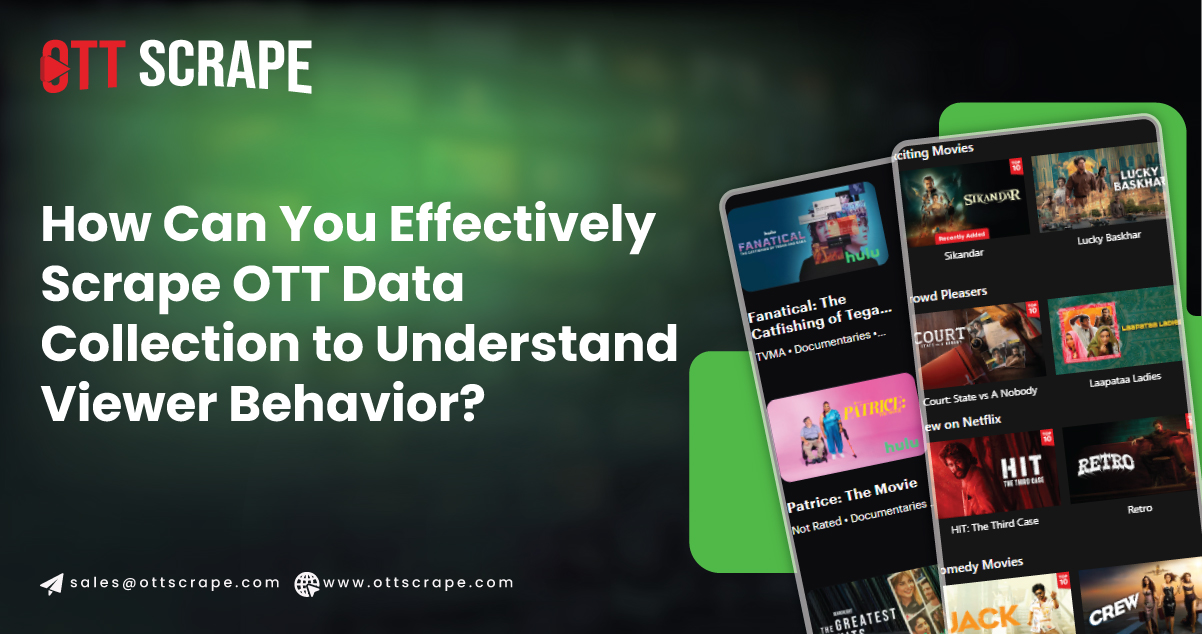
Introduction
In the age of digital entertainment, Over-the-Top (OTT) platforms like Netflix, Disney+, Amazon Prime Video, Hulu, and HBO Max have become dominant forces in media consumption. With millions of users streaming content daily, OTT platforms generate a treasure trove of valuable data. This data is crucial not only for media analysts and marketers but also for production houses, recommendation engines, and academic researchers looking to understand viewer behavior, content trends, and market shifts. When done effectively, the practice to Scrape OTT Data Collection can unlock incredible insights that drive innovation and strategic decisions. While traditional media metrics were derived from set-top box data and surveys, Scraping OTT Apps provides more granular and real-time information. It helps companies analyze watch times, popular genres, language preferences, and regional content demand. Businesses can capture this data meaningfully by leveraging the proper techniques and tools to Scrape OTT Platforms Data.
The Rising Relevance of OTT Data
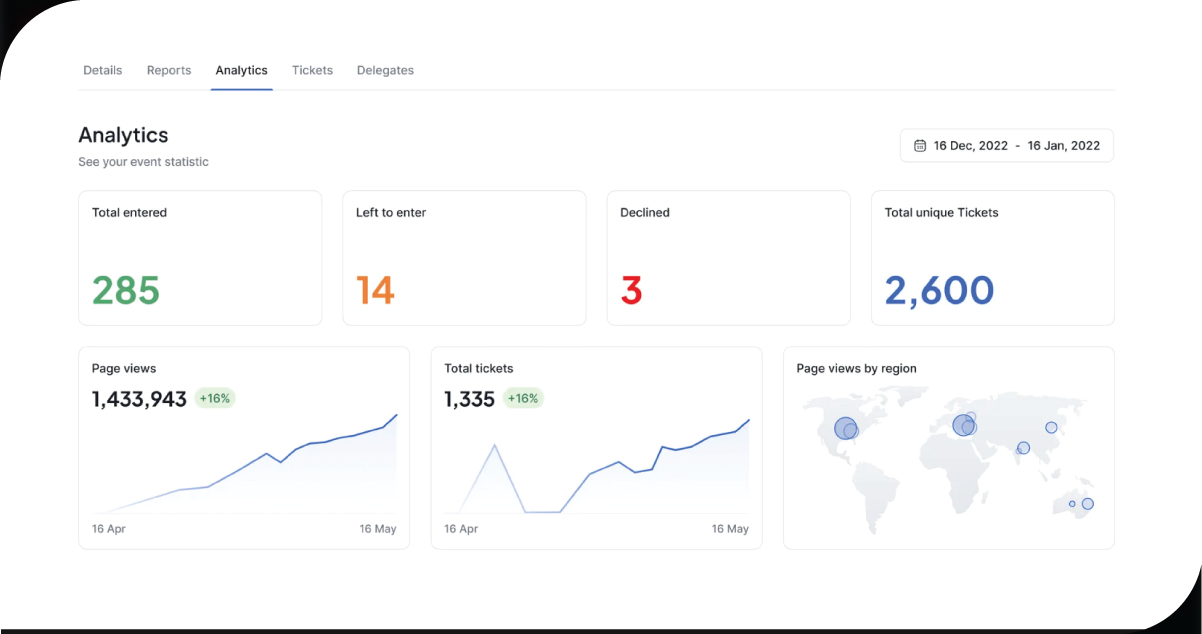
With the exponential growth in subscription-based and ad-supported streaming models, companies are increasingly interested in scraping data from OTT platforms for various purposes. These include competitive analysis, pricing intelligence, OTT Platform Analytics Scraping, recommendation engine training, content valuation, audience segmentation, advertising optimization, and sentiment tracking.
OTT Platforms Services now widely leverage advanced tools to capture viewer behavior and preferences. Scrape OTT Platforms Data to uncover trends such as which types of shows are binge-watched, the seasonal preferences for genres, or the regional popularity of international series. It also helps identify key performers—actors, directors, writers—based on how frequently they appear in top-ranked or trending content. By analyzing these insights,production and distribution companies can make informed decisions about future investments and content creation strategies.
Sources of Scraped OTT Data
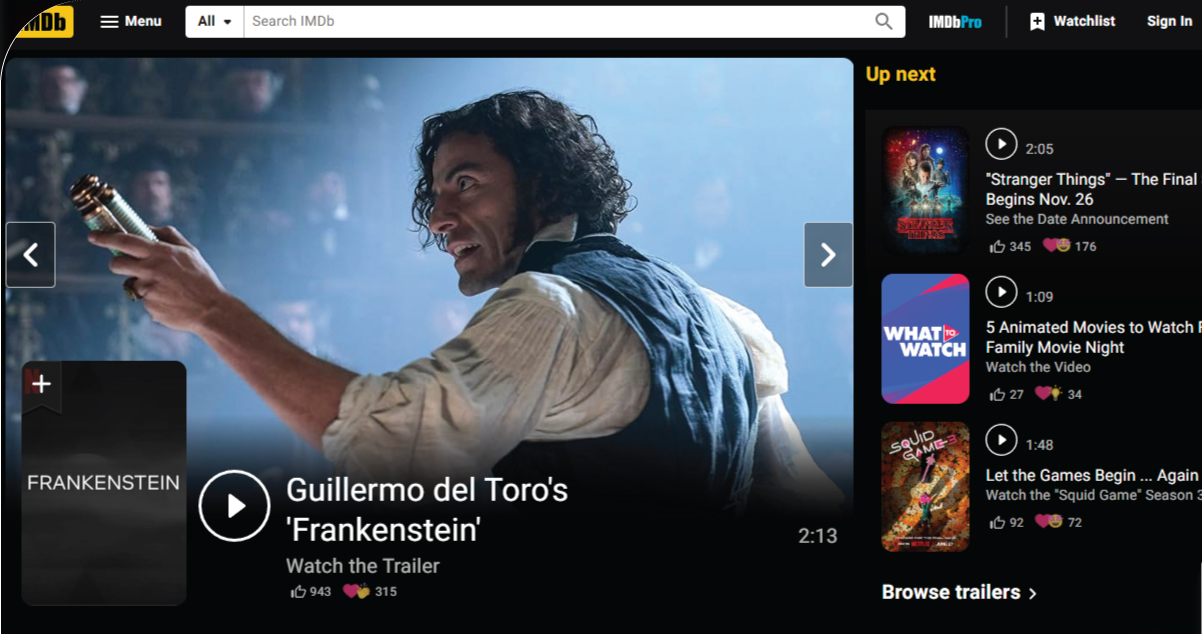
Effective OTT data collection doesn't only focus on video URLs or titles. A full-fledged approach includes a variety of data sources available across OTT platforms:
1. Content Metadata: This includes movie and series titles, genres, cast and crew, runtime, release dates, episode details, IMDB/Rotten Tomatoes scores, subtitles availability, language options, and more. This data provides a complete description of the media content.
2. Viewership Trends: Data on trending content, most-watched lists, binge-worthy series, or weekly top 10 rankings. These are often updated daily or weekly and reflect dynamic user behavior.
3. Search Results & Filters: Many OTT apps allow content to be filtered by genre, language, release year, and popularity. Capturing this structured layout offers clues about content categorization and user accessibility.
4. User Ratings and Reviews: Platforms like Amazon Prime Video and Netflix (where available) show thumbs-up/down, star ratings, or user reviews. This helps analyze sentiment and viewer satisfaction.
5. Subscription Plans and Pricing Models: Pricing data such as monthly/yearly plans, HD/SD/4K streaming tiers, number of screens allowed, and bundled offers provide insight into monetization strategies.
6. Audio and Subtitle Languages: This increasingly important element reflects how global audiences consume localized content and how platforms expand their regional reach.
7. Cast/Actor Filmography: By linking an actor's name across various shows and films, it's possible to track content popularity by celebrity association, which is especially useful for fanbase analytics.
Leveraging Advanced Technologies for Data Collection
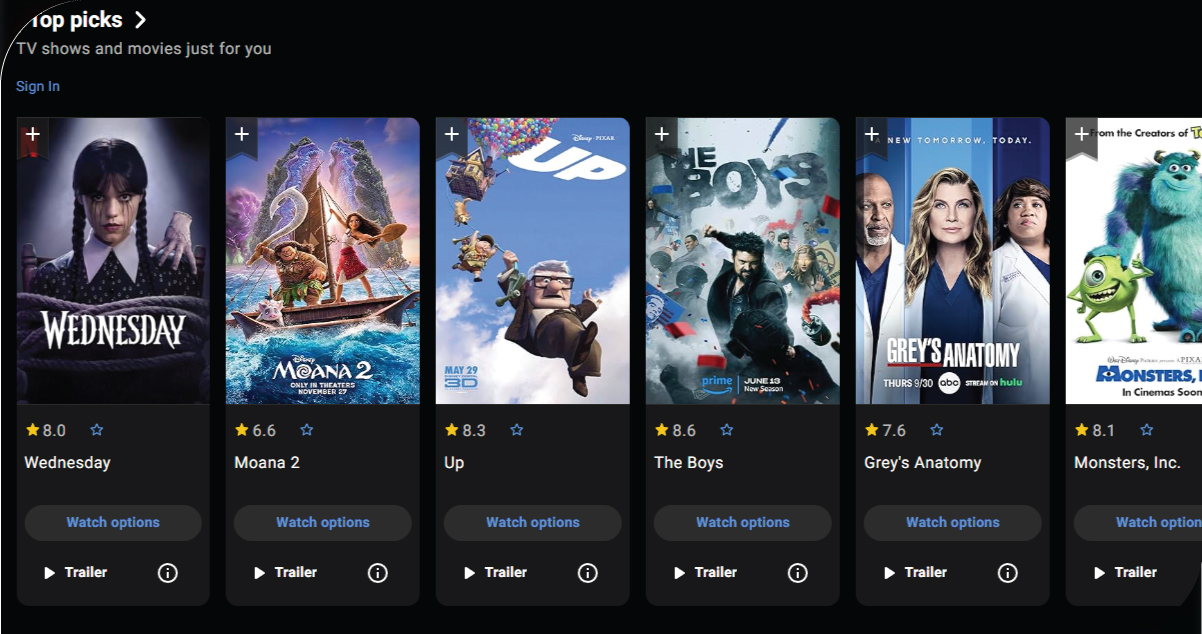
Scraping OTT data at scale and with accuracy often involves combining various technologies and automation tools. Among the most effective methods are:
- Headless Browsers: Headless browsers like Puppeteer or Playwright simulate real user behavior, allowing scrapers to load dynamic content rendered by JavaScript. Since many OTT sites rely heavily on client-side rendering, headless browsers can ensure accurate data extraction.
- AI-Powered Data Structuring: Once raw HTML or JSON data is captured, it must often be organized into clean datasets. Natural Language Processing (NLP) and machine learning (ML) models can enhance metadata tagging, sentiment classification of reviews, and even genre prediction for poorly tagged content.
- Video Preview Extraction: Some OTT platforms include autoplay trailers or thumbnails. While not traditionally targeted in scraping, extracting and analyzing these can yield insights into visual content strategies—like the dominant colors, mood, or style used in promotional material.
- OCR and Image Scraping: OTT platforms often use graphical banners and carousels with embedded text. Optical Character Recognition (OCR) can convert this visual information into usable text data. This is particularly useful for capturing movie banners, release tags (e.g., "New," "Trending," "Coming Soon"), and promotional materials.
- API Monitoring: Some OTT services expose public APIs for developers or use internal APIs accessible via browser dev tools. If monitored effectively, these APIs can offer a structured and cleaner data stream, including content details and catalog listings.
Effective Use Cases of OTT Data Scraping
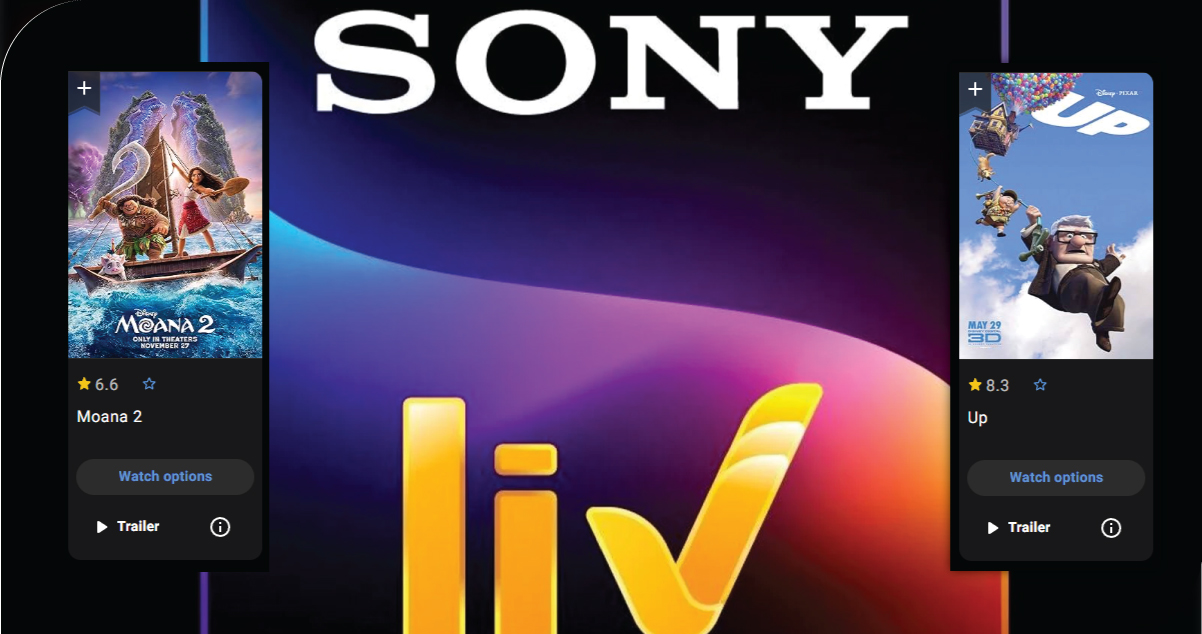
OTT data scraping unlocks valuable insights across the entertainment industry by capturing real-time viewer behavior, content trends, and platform performance. Effective use cases include optimizing content recommendations, enhancing marketing strategies, tracking competitor offerings, and understanding regional preferences. By leveraging OTT data scraping, businesses can make informed decisions that drive engagement, improve user experience, and stay ahead in the competitive streaming market.
- Content Recommendation Models: Many media tech companies and developers use scraped OTT metadata to train recommendation engines. They develop algorithms that mimic personalized suggestions by analyzing watch patterns, genre affinity, and binge-watching statistics—sometimes even outperforming the native recommendation system.
- Pricing & Market Intelligence: OTT pricing models differ by country, language pack, and screen count. Scraping this data across regions helps businesses compare monetization strategies. This is especially relevant for launching new streaming services or evaluating bundle deals with telecom operators.
- Competitor Benchmarking: Tracking how frequently certain shows or films appear on a competitor's homepage, top 10 list, or featured section allows for benchmarking against one's platform. It's a powerful way to analyze what content themes and partnerships are getting top billing.
- Talent Analytics: Using scraped cast data across multiple platforms, agencies and studios can analyze which actors, directors, and screenwriters contribute to high-performing content. This data can drive talent acquisition decisions and contract valuations.
- Advertising and Sponsorship Insights: For ad-supported OTT platforms (AVOD), scraping commercial placements or identifying ad-trigger points (e.g., mid-rolls, pre-rolls) offers key data on how brands are being promoted. Coupled with viewership trends, marketers can plan more effective campaigns.
- Regional and Linguistic Insights: OTT scraping isn't just about collecting English-language content. With the growth of regional platforms like SonyLIV (India), Shahid (Middle East), or Viu (Southeast Asia), localized content is booming. Effective scraping allows tracking content in local dialects and languages, which is essential for linguistic trend analysis.
- Platforms often use a mix of English and native language metadata—scraping and translating this data enables multilingual content comparisons. It also highlights underrepresented languages or dialects with rising viewership, a key factor in international market expansion.
- Temporal Trends and Seasonality: One of the most interesting applications of using services to Scrape OTT Data is identifying seasonality in content consumption. For instance, horror shows spike in October, family-friendly films trend in December, and new drama series often premiere in early spring. Capturing content tags and their release dates over time reveals patterns that assist in content scheduling and advertising strategies.
Moreover, Web Scraping for OTT Platforms enables tracking changes in the trending list over time, showcasing audience volatility and content longevity. For example, a limited series may dominate for two weeks and vanish, while a film may trend intermittently for months.
Data Visualization and Reporting
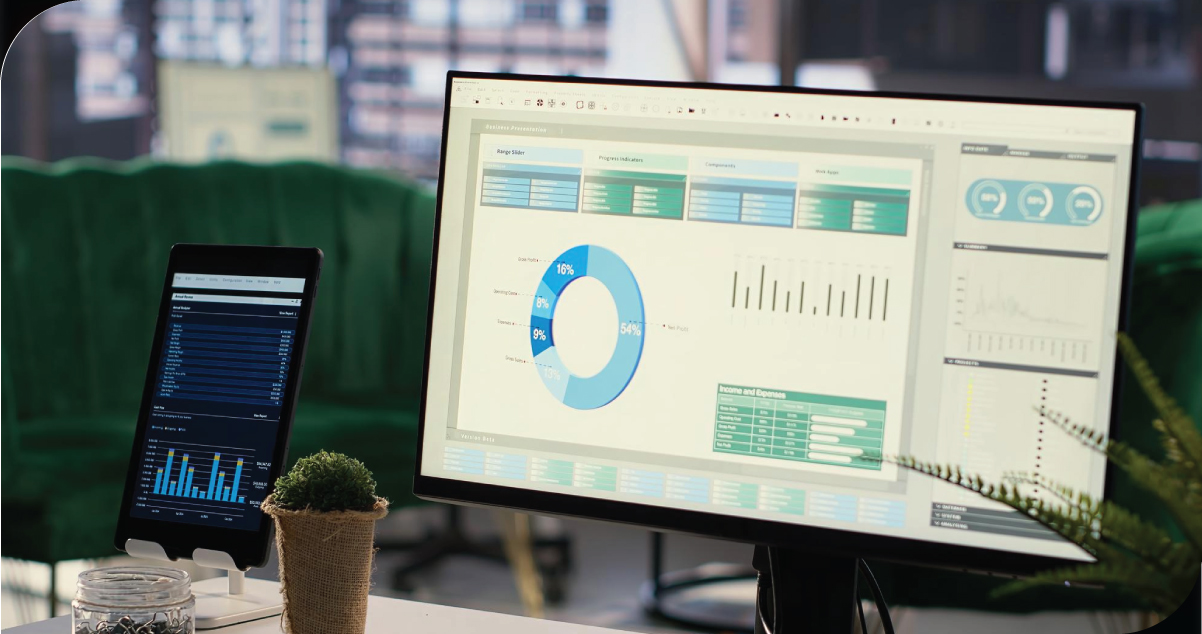
Once OTT data is collected, it's most useful when transformed into dashboards, charts, and visual storytelling tools. Business Intelligence (BI) platforms like Tableau, Power BI, or Looker can integrate this data to offer:
- Genre breakdown pie charts
- Release trends over time
- Popular actor heatmaps
- Cross-platform content overlap analysis
- Language or region-specific performance
Marketing teams, content strategists, and analysts are increasingly using interactive dashboards based on live-scraped OTT data to present insights to stakeholders.
How OTT Scrape Can Help You?
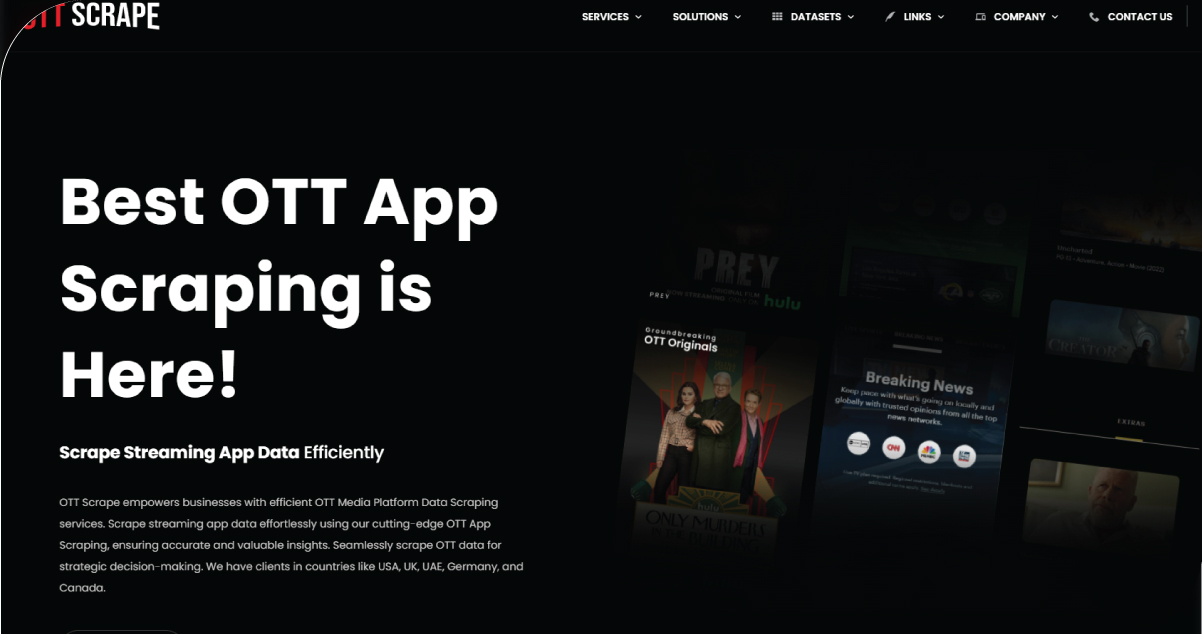
- Tailored Solutions: We customize scraping strategies to fit your OTT data requirements, ensuring relevant and high-quality data collection.
- Advanced Technology: We utilize cutting-edge tools and techniques to deliver accurate and efficient data extraction from diverse OTT platforms.
- Scalability: Our services handle projects of any size, from small datasets to large-scale, continuous data scraping operations.
- Data Accuracy & Integrity: We prioritize clean, validated data to provide actionable insights without noise or errors.
- Dedicated Support: Our expert team offers ongoing support and quick resolution to meet evolving scraping challenges and business goals.
Conclusion
OTT data scraping is more than just an exercise in automation—it's a strategic asset that empowers decision-makers across media, technology, and entertainment. With viewers demanding more personalized content and platforms diversifying at an unprecedented rate, data has become the new battleground for competitive advantage.
The key lies in not just collecting data but in doing so intelligently—targeting the right fields, platforms, and timeframes and turning that raw data into actionable insights. Whether to Scrape OTT App Data for launching a new show, assessing actor popularity, or planning a cross-market ad campaign, Streaming OTT Data Services—when executed effectively—can elevate strategy and execution to a new level.
Embrace the potential of OTT Scrape to unlock these insights and stay ahead in the competitive world of streaming!
